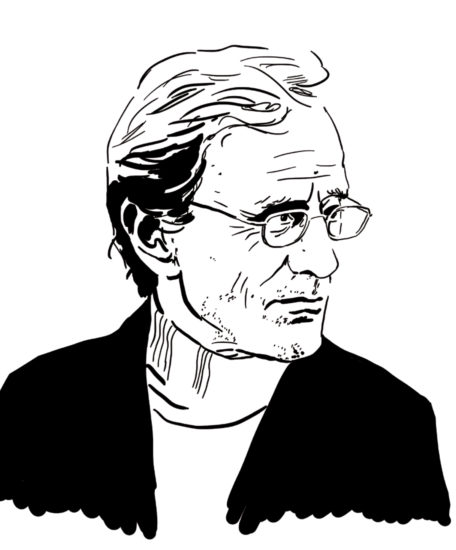European Legends
The Eyes #6
15/11/2018
European Legends
Text by Arnaud Claass
Illustration by Mélanie Roubineau
In Noah Baumbach’s film Frances Ha (2012) the main character is a young New York dancer with unattractive career prospects who plans a journey to Europe. Anticipating a disappointment, a friend warns her: “Europe is so provincial.” Frances nonetheless travels to Paris, although only to be greeted by her own solitude. This humorous movie also translates the attraction of the United States for what Baudrillard fondly referred to as the “old European cottages”.

